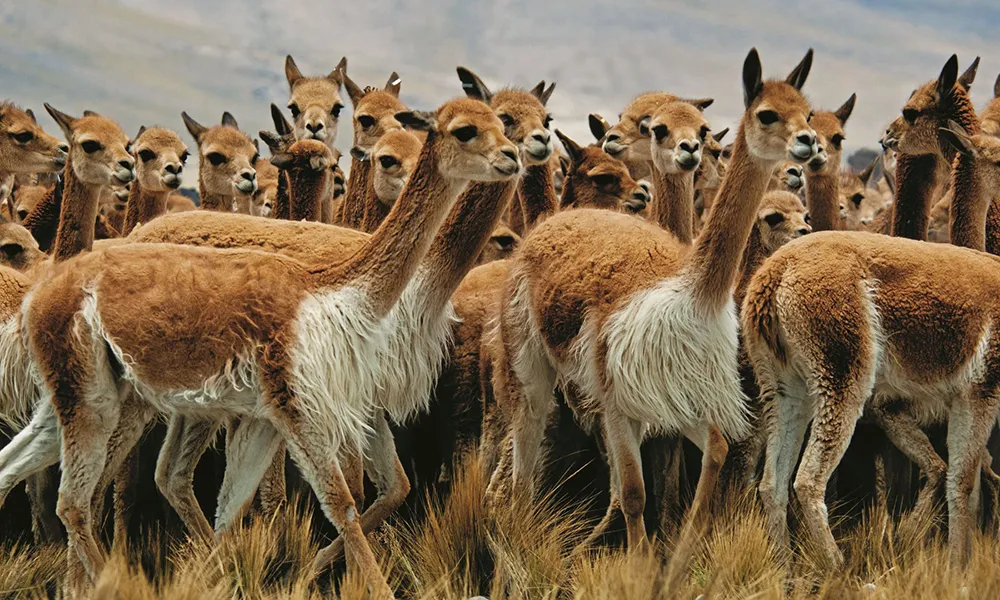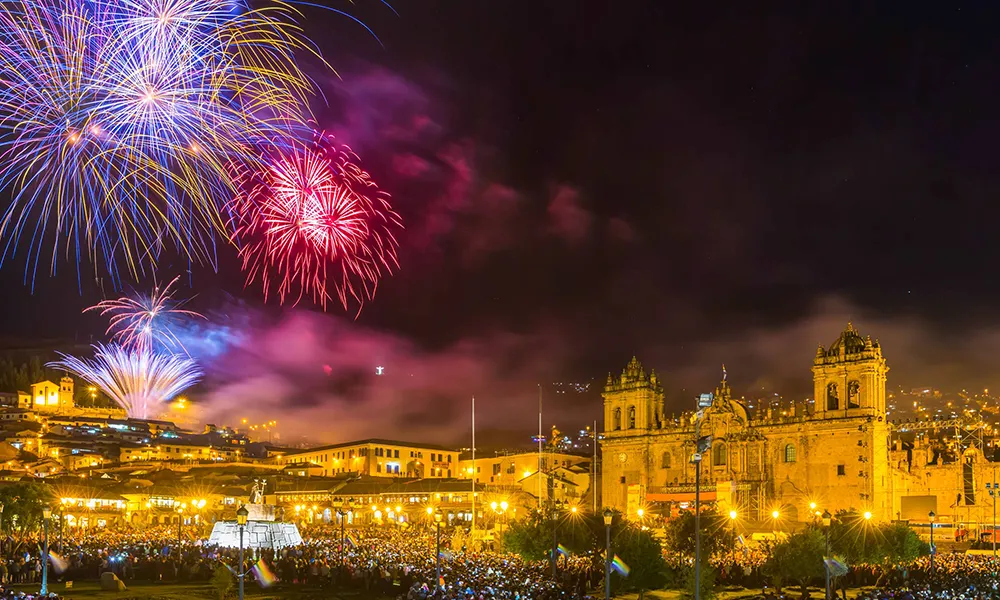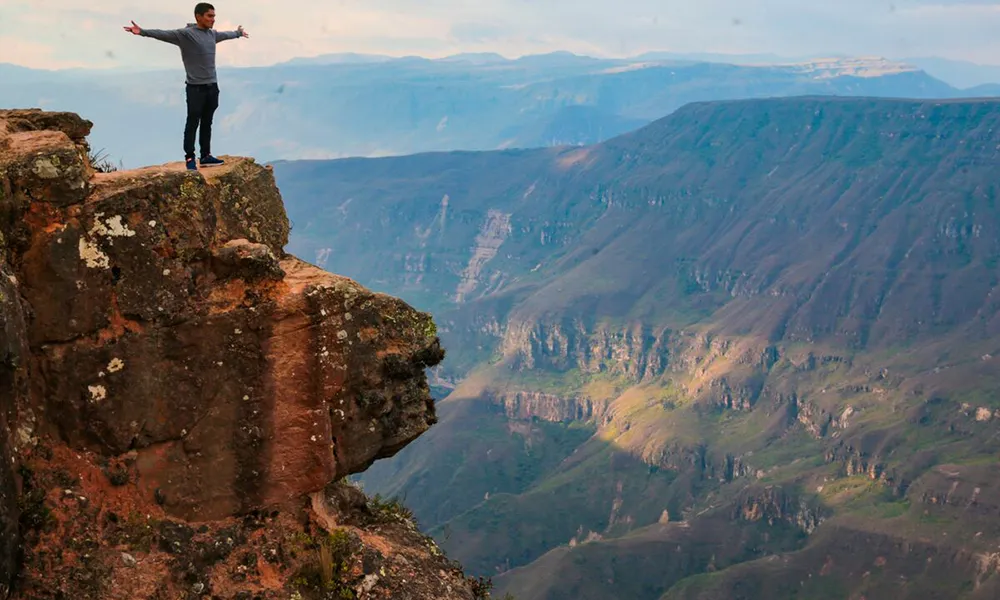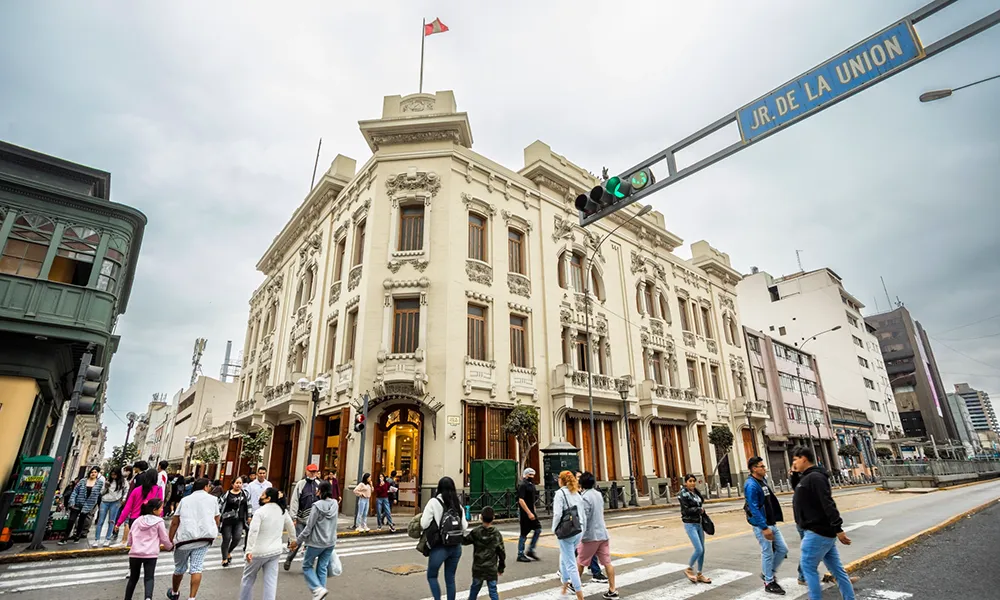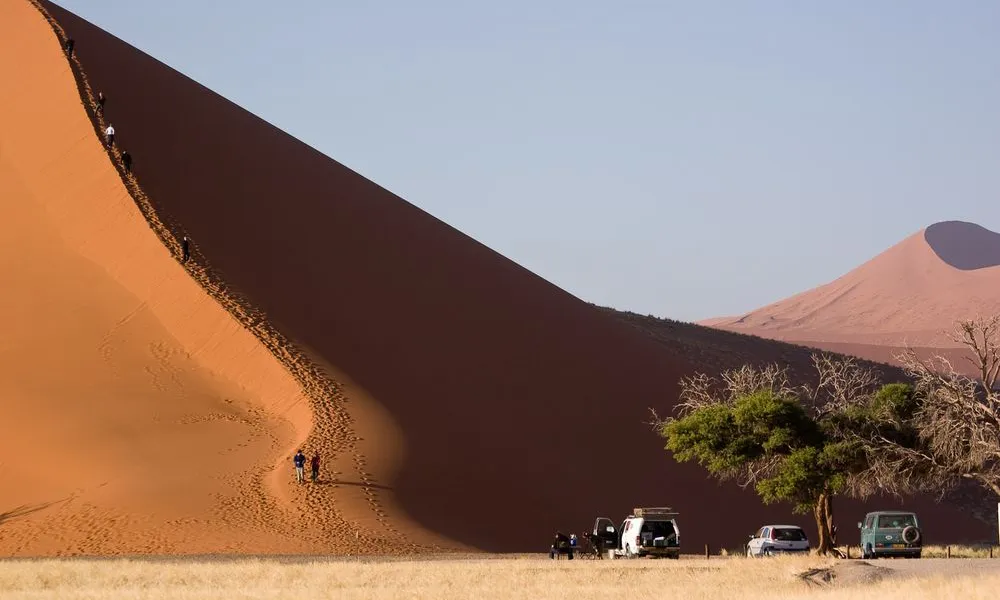Getting Around Peru for American Tourists
Peru is a country where every road, flight, or railway tells a story. From the coastal deserts and snowcapped Andes to the lush Amazon jungle, traveling around the country becomes an adventure in itself. For American visitors, knowing how to move across Peru efficiently means discovering more places in less time, while experiencing the diversity that makes this land so unique.
Whether you choose to fly between cities, ride a scenic bus through the highlands, or take a train to the world-famous Machu Picchu, this complete guide explains how each form of transport works, what to expect, and how to plan your routes safely and comfortably.
✈️ Domestic Flights in Peru: Fast and Convenient
Flying within Peru is the best way to save time when covering large distances. Because of the country’s geography, flights connect the desert coast, the Andes mountains, and the Amazon rainforest in just a few hours.
Major Airlines
-
LATAM Airlines – The largest and most reliable carrier, serving nearly every major city.
-
Sky Airline Perú – Known for competitive low-cost fares and frequent promotions.
-
JetSMART Perú – A modern budget airline with new aircraft and flexible routes.
-
Star Perú – Focused on regional destinations, particularly jungle cities.
Main Routes and Flight Times
-
Lima → Cusco: 1 hour 15 minutes
-
Lima → Arequipa: 1 hour 30 minutes
-
Lima → Iquitos: 1 hour 40 minutes
-
Cusco → Puerto Maldonado: 50 minutes
-
Lima → Trujillo or Piura: around 1 hour 45 minutes
💡 Travel Tip: Book domestic flights at least three weeks in advance, especially if you plan to visit during high season (June to September). Low-cost fares often exclude checked baggage, so confirm luggage policies before purchasing.
🚌 Traveling by Bus: Scenic and Affordable
If you prefer to travel at a slower pace, buses in Peru are an excellent choice. They are safe, modern, and comfortable, with routes that connect almost every major city. Long-distance buses often have reclining seats, air conditioning, Wi-Fi, and even onboard meals.
Recommended Companies
-
Cruz del Sur: Excellent reputation for safety and punctuality.
-
Oltursa: Combines comfort and affordable pricing.
-
Tepsa: Ideal for long-distance journeys and overnight routes.
-
Civa: Popular for routes to northern and southern regions.
-
Movil Tours: Modern double-decker buses with VIP options.
Popular Routes and Approximate Travel Times
| Route | Duration | Highlights |
|---|---|---|
| Lima → Cusco | 20–22 hours | Coastal desert to mountain landscapes |
| Cusco → Puno | 6–7 hours | Scenic Andean route at high altitude |
| Arequipa → Puno | 6 hours | Volcanoes, plains, and rural villages |
| Lima → Arequipa | 16 hours | Views of coastal valleys and dunes |
| Lima → Paracas / Ica / Nazca | 4–7 hours | Desert roads and the mysterious Nazca Lines |
💡 Advice for Travelers: Choose “180° Cama Suite” or “VIP” seats for maximum comfort on long routes. Night buses are safe and let you save a night of accommodation. Always keep valuables with you and check that your ticket includes the correct terminal and time.
🚆 Trains in Peru: Scenic Rail Journeys
Train travel in Peru is more than transportation — it’s an unforgettable experience through some of the most dramatic landscapes in South America. Although rail lines are limited, the routes that exist are famous for their beauty and comfort.
Main Operators
-
PeruRail: Operates several tourist routes, including the legendary line to Machu Picchu.
-
Inca Rail: Offers modern, elegant trains with bilingual service and panoramic windows.
The Cusco to Machu Picchu Route
This is Peru’s most iconic train ride. The journey begins in Cusco or Ollantaytambo and follows the sacred valley of the Urubamba River until reaching Aguas Calientes, the gateway to Machu Picchu.
Travel Time: Between 1 hour 45 minutes and 3 hours 30 minutes, depending on the starting point.
Types of Services:
-
Expedition Train: Comfortable and affordable.
-
Vistadome Train: Panoramic windows for scenic views of the Andes.
-
Hiram Bingham Train: A luxury experience with gourmet meals and live music.
💡 Traveler’s Tip: Reserve train tickets and Machu Picchu entry passes in advance, especially between June and September when availability is limited.
The Andean Explorer Route: Cusco – Puno – Arequipa
Operated by Belmond, the Andean Explorer is one of the most luxurious trains in the world. It connects Cusco, Lake Titicaca, and Arequipa across breathtaking highland scenery. Travelers enjoy private cabins, gourmet dining, a bar car, and an open-air observatory.
It’s not just a journey — it’s a moving boutique hotel across the Andes.
🛫 When to Combine Flights, Buses, and Trains
Peru’s geography makes it ideal to mix different types of transport depending on your route and travel style.
Suggested Combination for a Classic Itinerary
Day 1–2: Fly from Lima to Cusco to save time.
Day 3–4: Travel by train to Machu Picchu from Ollantaytambo.
>5: Return to Cusco, then take a bus to Puno to experience Lake Titicaca.
>6–7: Continue by tart=”5916″ data-end=”5933″>bus or flight to Arequipa for the Colca Canyon.
This route lets you experience every landscape — from cloud forests to highlands and volcanic valleys — without wasting time on long, exhausting drives.
🚖 Local Transportation: Cities and Towns
In cities like Lima, Cusco, Arequipa, and Trujillo, taxis and apps such as Uber, InDriver, and Cabify are common and reliable.
💡 Safety Tips:
-
Avoid unregistered taxis; always request one through an app or hotel reception.
-
Confirm fares before getting in if you use a street taxi.
-
Keep small bills (10 or 20 soles) for short rides.
Public buses and vans exist in major cities but can be confusing for visitors. For short stays, private transfers or taxi apps are more convenient and secure.
🚙 Renting a Car: Freedom and Flexibility
Driving in Peru can be rewarding in rural or coastal areas but challenging in big cities. If you plan to rent a car, do it only for routes you’re comfortable with.
Requirements:
-
Valid U.S. or Canadian driver’s license (valid up to 183 days).
-
Passport and credit card for deposit.
Tips:
-
Avoid night driving in mountainous regions.
-
Keep cash for tolls.
-
Check your insurance coverage before signing.
-
Always refuel in towns — gas stations are rare in remote areas.
🧭 Practical Tips for American Tourists
-
Currency: Peru uses the sol (PEN). Carry small notes for transportation.
-
Altitude: In highland areas like Cusco or Puno, allow 1–2 days to acclimatize.
-
Seasons: Dry season (May–October) is best for land and rail travel.
-
Bookings: Flights, trains, and hotels fill quickly in June–September.
-
Language: English is spoken in tourist zones, but learning a few Spanish phrases helps.
-
Security: Use official transportation companies and keep valuables close.
-
Time: Many journeys take longer than expected — plan with flexibility.
🌄 Final Thoughts
Getting around Peru is not only about reaching your destination — it’s about the journey itself. Flying connects the country’s most distant corners; buses reveal its people, colors, and rhythms; and trains capture its timeless landscapes.
For American travelers, each route offers something special: comfort, adventure, and a glimpse of Peru’s incredible diversity.
From the Andes to the Amazon, the more you move, the more you’ll fall in love with this country.
Travel smart, travel safe, and let Peru’s roads, skies, and rails show you its true soul.


